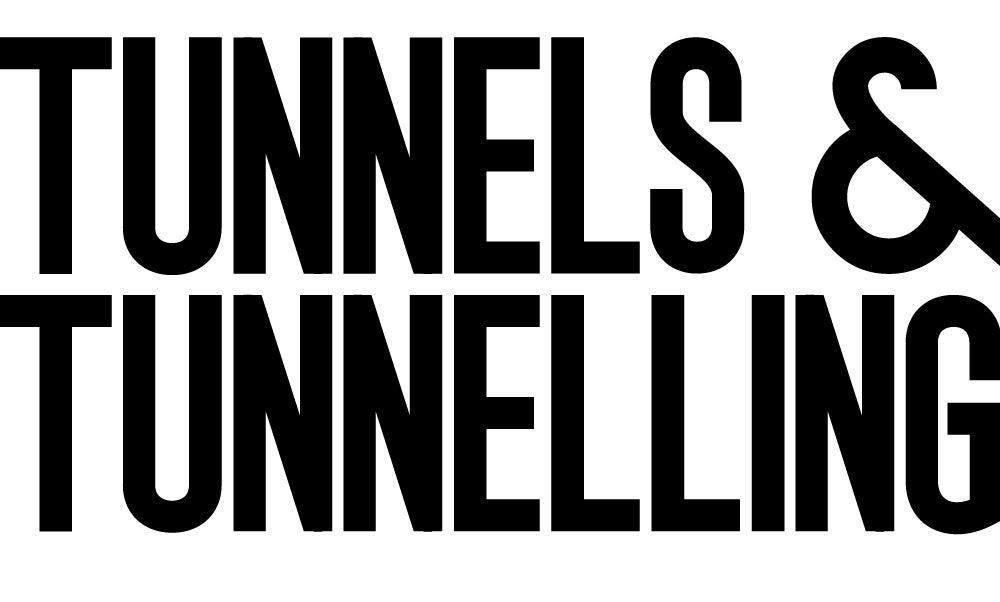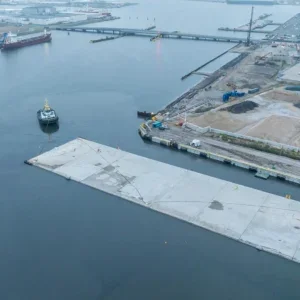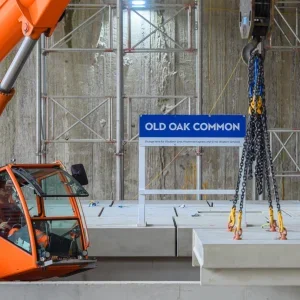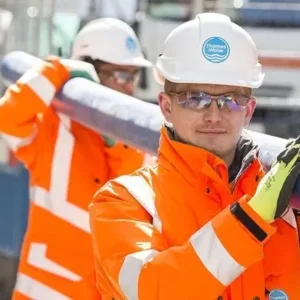On March 13, contractor JV, Fletcher/Dillingham/Ilbau (FDI) holed through on the 9.6km long Second Manapouri Tailrace Tunnel on the South Island of New Zealand after 33 months of hard tunnelling. Breakthrough on the troubled scheme comes some 14 months late leaving the contract open to an estimated US$9M dispute between client and contractor, to be presented to a disputes review board next month.
The tunnel was designed for the client, Meridian Energy Limited, by US company Woodward Clyde and local company Design Power. The design was drawn largely from experience gained from the drill and blast excavation of the first Manapouri tunnel in the 60’s. A geotechnical baseline report (GBR) was drawn up by the consultant for prospective contractors to use whilst preparing tenders.
FDI won the US$131.6M contract in February 1997 and started boring the tunnel in June 1998 using a 10m diameter Robbins TBM.
FDI soon experienced problems with unexpected ground conditions. Over 40% of tunnelling time taken up with ground support delays and cutterhead changes.
The GBR predicted the geology of Tunnel 2 as Palaeozoic metamorphic and igneous rocks, the metamorphic rocks being mainly gneiss, calcsilicate and quartzite, with igneous rocks, gabbro and diorite. Groundwater inflows of up to 1300 litre/s were also predicted.
FDI claim that the GBR was unrepresentative of the conditions experienced within the tunnel. T&TI visited the site in December 1999 and was told by FDI assistant project manager, Ernst Gschnitzer, "We knew the rock would be hard, what we did not know was that the rock would be so variable. Nowhere in the GBR or the accompanying geotechnical data report does it mention mixed or varied face conditions." The client rejected the claim. (T&TI, April ’00).
An important condition of using a GBR, introduced from the US, is that a claim could be constituted for extra time or costs by the contractor if it experiences different site conditions outside of the GBR criteria. FDI has launched counter-claims for increased costs due to problems arising from what it believes was an unrepresentative geotechnical baseline report.
Keith Turner, chief executive of the client was reported in the New Zealand press to say, "The major claims are likely to go through a disputes review board process which could be some months or years."







